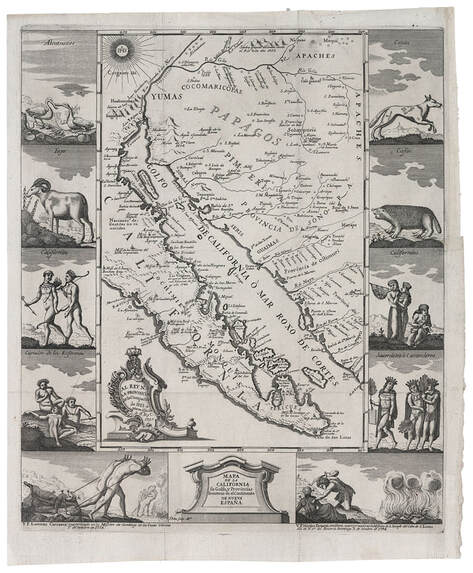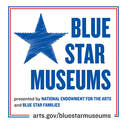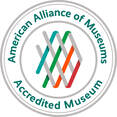Miguel Venegas
Mapa de la California su Golfo, y Provincias fronteras en el Continente de Nueva Espana
Madrid 1757
Mapa de la California su Golfo, y Provincias fronteras en el Continente de Nueva Espana
Madrid 1757
The Spanish authorities, much like the Russians, preferred as a matter of policy to keep records of their explorations, including most particularly maps, secret. Consequently, published Spanish maps from the Age of Exploration are quite rare. This map drawn by Miguel Venegas, a Jesuit missionary active for many years in New Spain, is based on Father Kino's famous map of 1701, which was published first in Paris in 1705. However, unlike Kino, Venegas shows the full length of the peninsula and includes more place-names and more updated material.
This map, a rare first edition, accompanied the first history of California, Noticias de la California y de su conquista temporal y espiritual ..., published in three volumes, by Miguel Venegas, S.J., in Madrid in 1757.
Venegas's map of California is not only the most up to date cartographic representation of the time but also is beautifully engraved and presented. The illustrations on the border are of native people and animals. In the lower corners, the murders of two Spanish missionaries killed during an Indian uprising in October 1734 are depicted. In both cases fires are prepared for the victims. On either side of the border are pictures of native Californians labeled Californios on the left and Californias on the right.
NEXT MAP
PREVIOUS MAP
This map, a rare first edition, accompanied the first history of California, Noticias de la California y de su conquista temporal y espiritual ..., published in three volumes, by Miguel Venegas, S.J., in Madrid in 1757.
Venegas's map of California is not only the most up to date cartographic representation of the time but also is beautifully engraved and presented. The illustrations on the border are of native people and animals. In the lower corners, the murders of two Spanish missionaries killed during an Indian uprising in October 1734 are depicted. In both cases fires are prepared for the victims. On either side of the border are pictures of native Californians labeled Californios on the left and Californias on the right.
NEXT MAP
PREVIOUS MAP






